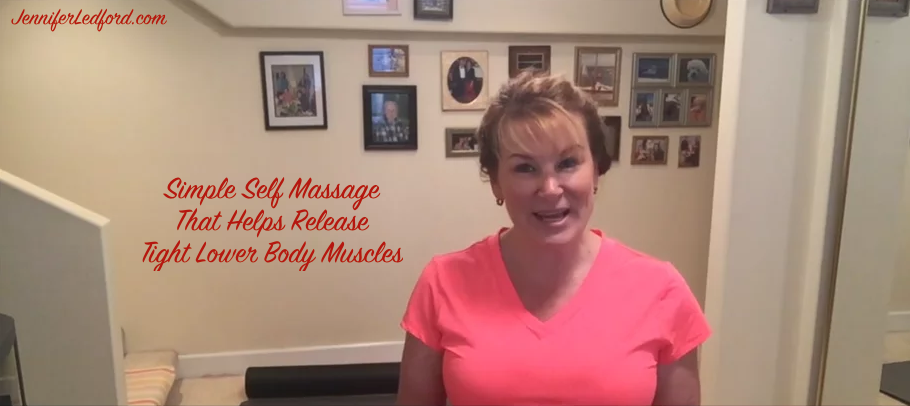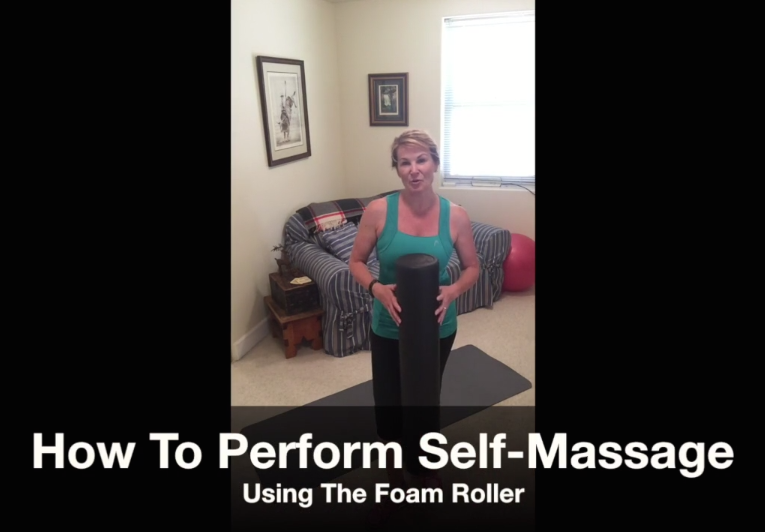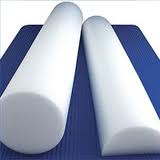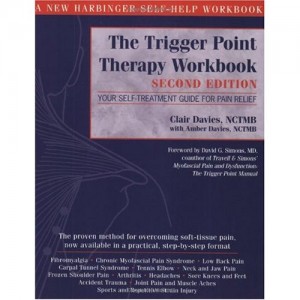
Habits – some serve you well while others can keep you from meeting your goals and reaching your full potential.
Based on my own personal experience and twenty eight years of experience coaching others, I’ve learned that it is much easier to create new habits than to focus on getting rid of old ones. We tend to get more of what we focus on so it’s always best to focus on the things that will take us to where we want to go. The stronger the new healthy habit becomes, the less room you will have in your life for the old habit you’d like to see go away. What you feed will flourish, and what you ignore will usually fade away.
A habit is defined as a behavior pattern acquired by frequent repetition. One of the top reasons people fail to stick to a new healthy habit is lack of consistency. In the past, this lack of consistency was often blamed on a lack of willpower. This type of finger pointing has been an unfair judgement and/or assumption. While self-control and discipline certainly play a part in creating healthy habits, depending on “willpower” alone is a recipe for failure.
How to create healthy habits that stick
- Be specific. When we set general goals like “getting healthy” it can seem vague and overwhelming. Take a moment to ask yourself what your end goal actually means to you and then decide on 1-2 specific actions you know you can implement right away. For example, if you want to eat out less, you can start by bringing your lunch to work for the next thirty days. Or, if you want to be more active, you can walk your dog every day before you turn on the TV.
- Honor yourself. It’s important to know how you are wired to avoid setting unrealistic goals for yourself. If you know you are not a morning person then you probably want to steer clear of the 6 a.m. boot camp class and exercise later in the day. Take a moment to look at past successes for clues of what works for you and what doesn’t. Stay true to yourself and learn to say no to the things that aren’t right for you no matter how enticing the marketing makes it sound.
- Give yourself a break. Priorities and/or obstacles can pop up that interrupt your day. While I always recommend planning for and expecting success, life doesn’t always go as planned. If you find yourself in the drive through or skipping a workout, don’t beat yourself up about it. Guilt can distract you from your goals. Forget about it and get back on track toward your goals. Success is about being flexible and figuring out what works, not being perfect.
- Attach your new habit to one that is already established. Research suggests that when we attach a new habit to one that is already established we are more likely to stick to it. For example, if you want to drink more water, tell yourself you will drink a glass of water right after you brush your teeth in the morning and with every meal. It’s important for me to stretch daily so I do my stretches after dinner while I’m having a cup of tea or a glass of wine. I’ve attached my stretching to the habit of eating dinner every night.
- Keep it fun. None of us are looking for a long list of new chores. While it’s true that any good habit worth working for is going to require effort and you will have to push through resistance at times, you should also be enjoying yourself and reaping rewards. For example, if you’ve committed to eating healthy and cooking more often, make sure you are choosing foods and recipes that taste good to you. Or, if you want to exercise more, choose activities that make you feel good and fit into your schedule. Good habits should not be causing stress in your life.
STay In The Game
It’s a good idea to remember that anyone that has a pulse has a habit or two they would like to change. Be kind to yourself and remember that this is your own personal journey. You may not be where you want to be yet. However, you are further than you were yesterday. Stay in the game and you WILL come out a winner!
Here’s to a lifetime a healthy habits!
With love,
Jennifer




